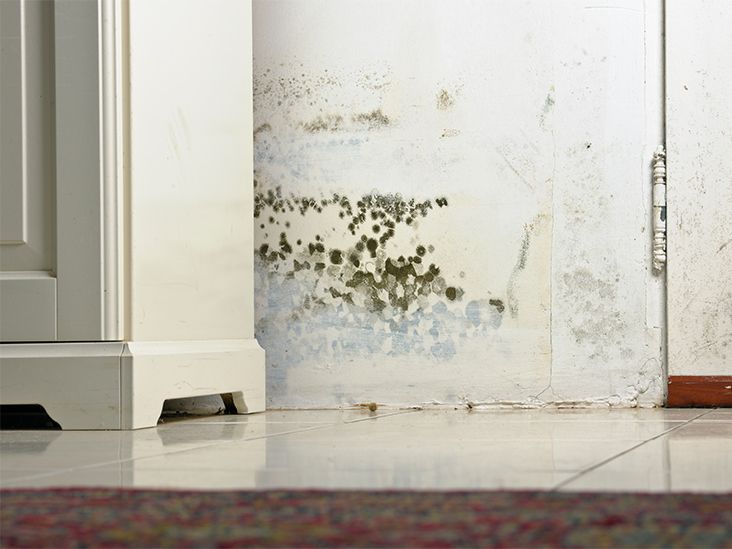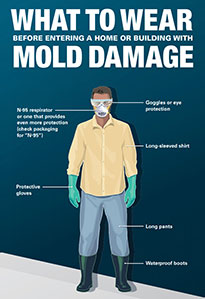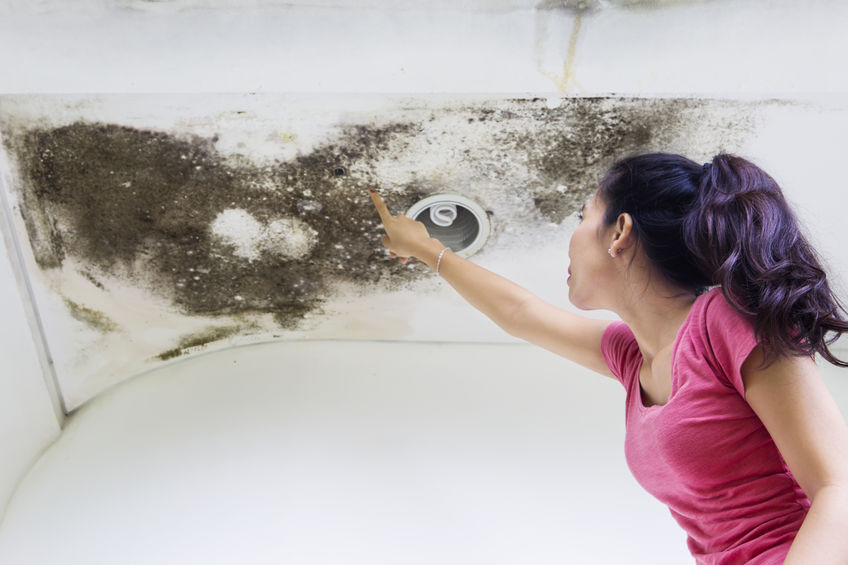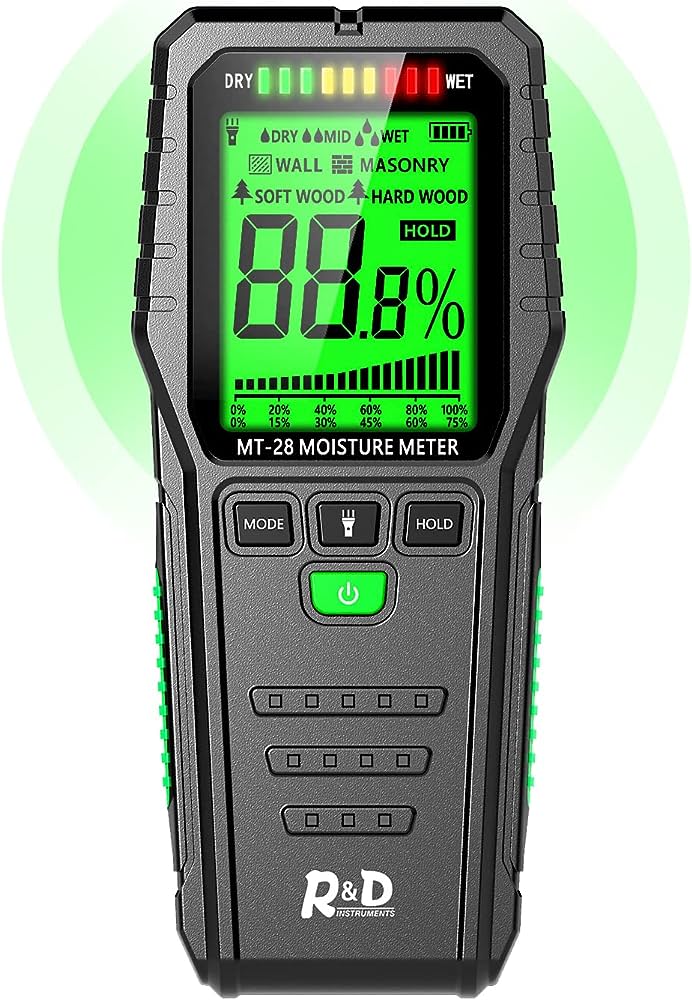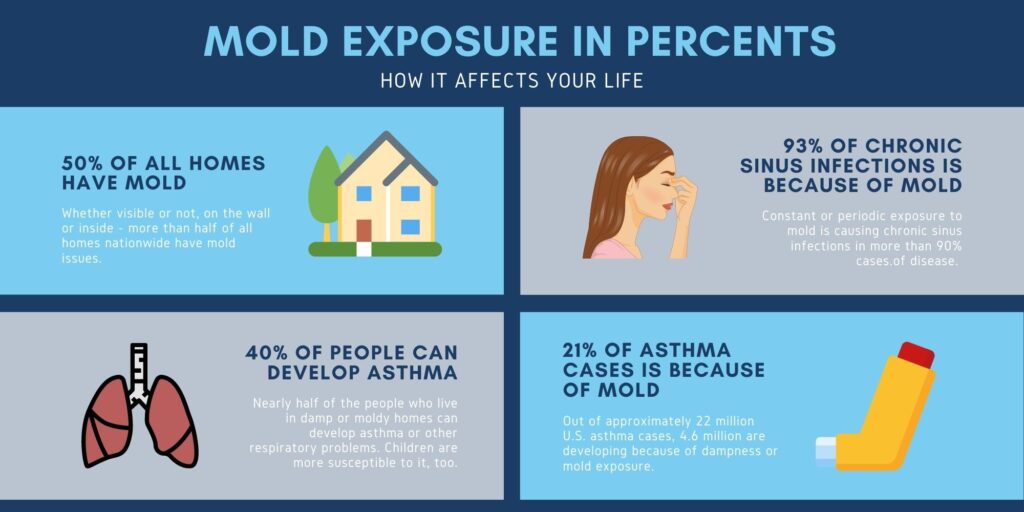Are you curious about whether your house might be the cause of your recent health issues? It’s important to pinpoint potential sources of illness in your home to ensure a healthy living environment. From mold to chemical pollutants, there are various factors that can contribute to sickness. In this article, we will explore different methods to test if your house could be making you sick, helping you take proactive steps towards a healthier home. So, let’s get started and find out if there’s any hidden culprit in your abode!
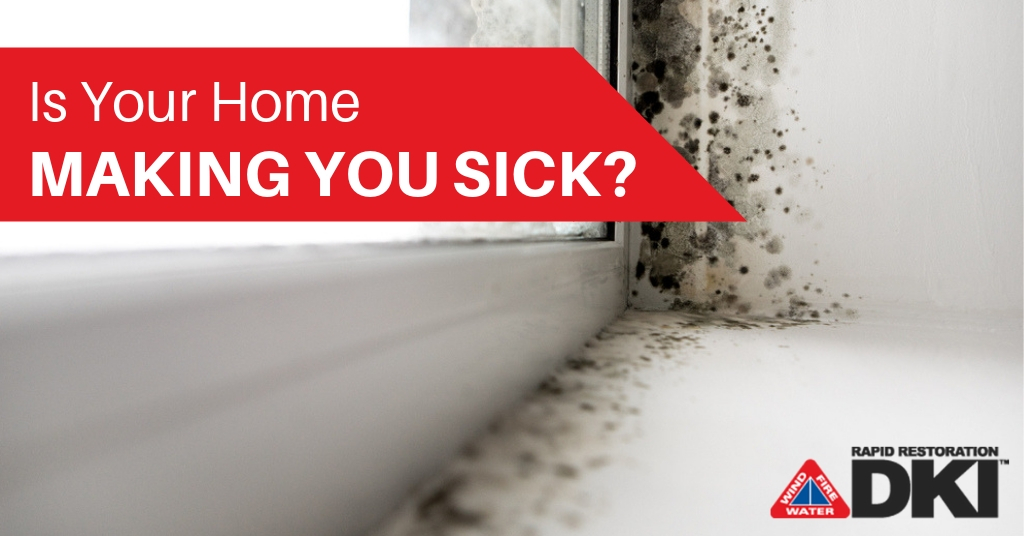

Understanding Indoor Air Quality
Indoor air quality (IAQ) refers to the quality of the air inside buildings, including homes, schools, and offices. It is important to understand IAQ because poor air quality can have significant negative impacts on your health. There are various common indoor air pollutants that can contribute to poor IAQ.
Common Indoor Air Pollutants
Indoor air pollutants are substances that can be present in the air inside your home and can negatively affect your health. Some common indoor air pollutants include:
1. Volatile Organic Compounds (VOCs)
VOCs are chemicals that are emitted as gases from certain solid or liquid products. They are found in many common household items such as paints, cleaning products, and furniture. Long-term exposure to high levels of VOCs can cause respiratory issues, headaches, and other health problems.
2. Particulate Matter
Particulate matter refers to tiny particles in the air that can be inhaled. These particles can come from various sources, such as smoke, dust, and pollen. Exposure to particulate matter can lead to respiratory issues and allergies.
3. Carbon Monoxide (CO)
Carbon monoxide is a colorless and odorless gas that is produced by the incomplete burning of fuels, such as gas, oil, and wood. Breathing in high levels of carbon monoxide can be extremely dangerous and can cause symptoms like headaches, dizziness, and even death.
4. Radon
Radon is a naturally occurring radioactive gas that can seep into buildings through cracks in the foundation. Prolonged exposure to high levels of radon can increase the risk of developing lung cancer.
5. Mold and Dampness
Mold and dampness in indoor environments can promote the growth of mold spores, which can lead to respiratory issues and allergic reactions, particularly in individuals with asthma or other respiratory conditions.
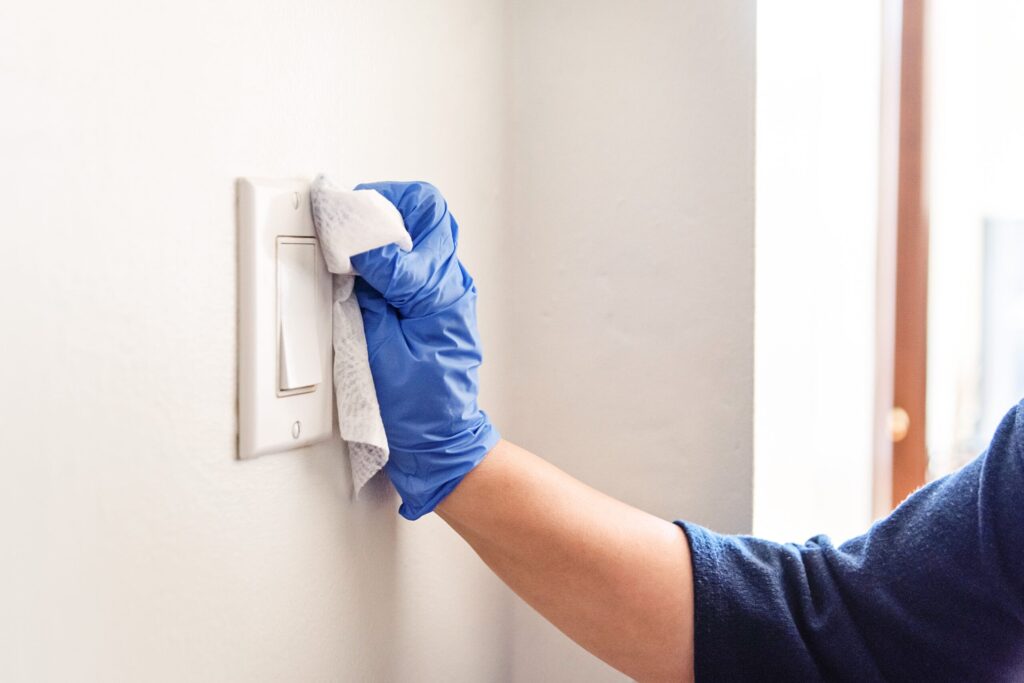

Impact of Indoor Air Pollution on Health
Exposure to poor indoor air quality can have significant impacts on your health. Here are some potential health effects of indoor air pollution:
Respiratory Issues
Poor IAQ can lead to respiratory issues such as coughing, wheezing, and difficulty breathing. These symptoms can be particularly problematic for individuals with pre-existing respiratory conditions like asthma or chronic obstructive pulmonary disease (COPD).
Headaches and Fatigue
Exposure to certain indoor air pollutants can cause headaches and fatigue. These symptoms can affect your ability to concentrate and perform daily tasks.
Skin Irritation
Some indoor air pollutants can cause skin irritation, resulting in itchiness, redness, and rashes. This can be particularly problematic for individuals with sensitive skin or existing skin conditions.
Eye, Nose, and Throat Irritation
Poor IAQ can lead to irritation of the eyes, nose, and throat. Symptoms may include watery eyes, runny nose, sore throat, and sneezing.
Testing Indoor Air Quality
To determine if your house is making you sick, it is important to test the indoor air quality. There are multiple options available for testing IAQ.
Hiring a Professional
One option is to hire a professional indoor environmental consultant or air quality testing company. These professionals have the expertise and specialized equipment to accurately assess the IAQ in your home. They can provide comprehensive reports on the levels of various indoor air pollutants and recommend appropriate solutions.
DIY Testing Kits
Another option is to use DIY indoor air quality testing kits. These kits are readily available online or at local home improvement stores. They typically involve collecting air samples and sending them to a laboratory for analysis. Keep in mind that DIY kits may not provide the same level of accuracy and detail as professional testing.
Testing for Specific Pollutants
If you suspect that a specific indoor air pollutant is causing health issues, you can have your home tested for that specific pollutant. For example, if you are concerned about radon gas, you can hire a professional to conduct a radon test. This type of focused testing can help identify the source of the problem and guide appropriate remediation efforts.


Identifying Potential Sources of Indoor Air Pollution
Identifying the potential sources of indoor air pollution in your home is crucial for improving IAQ. Here are some common sources to be aware of:
Poor Ventilation
Inadequate ventilation can contribute to poor IAQ by trapping pollutants inside your home. Without proper ventilation, the air can become stagnant and contaminated. Ensure that your home has sufficient ventilation, including the use of exhaust fans in bathrooms and kitchens, and opening windows when weather permits.
Indoor Smoking
Smoking inside the house significantly worsens indoor air quality. Secondhand smoke contains numerous toxic chemicals that can harm both smokers and non-smokers. Establishing a smoke-free environment indoors can greatly improve IAQ and protect your health.
Mold and Dampness
Mold thrives in damp environments and can release spores into the air, leading to respiratory issues and allergies. Regularly inspect your home for any signs of water leakage, moisture build-up, or visible mold growth. Properly addressing and preventing mold and dampness issues is essential for maintaining good IAQ.
Building Materials and Furnishings
Certain building materials and furnishings can emit VOCs, which can negatively impact IAQ. Some examples include carpets, furniture made of pressed wood, and certain types of paint. When renovating or selecting new items for your home, choose materials and products that have low or no VOC emissions.
Household Cleaning and Personal Care Products
Many conventional household cleaning and personal care products contain harsh chemicals that can contribute to poor IAQ. Opt for environmentally-friendly and low VOC alternatives to reduce the release of harmful substances into the air.
Improving Indoor Air Quality
Now that you understand the common pollutants and potential sources of indoor air pollution, let’s explore some strategies for improving IAQ:
Enhancing Ventilation
Improving ventilation is one of the most effective ways to enhance indoor air quality. In addition to opening windows and using exhaust fans, consider installing mechanical ventilation systems that supply fresh outdoor air and remove stale indoor air.
Removing or Reducing Sources of Pollution
Identify and address specific sources of indoor air pollution in your home. This may involve replacing or modifying materials and furnishings that emit harmful substances or reducing exposure to sources such as indoor smoking.
Proper Maintenance and Cleaning
Regular maintenance and cleaning of your home can help improve IAQ. Keep HVAC systems clean and change filters regularly to prevent the circulation of pollutants. Vacuum and dust frequently to remove particulate matter, and ensure that moisture-prone areas are kept dry to prevent mold growth.
Using Air Purifiers and Filters
Air purifiers and filters can help remove contaminants from the air, improving IAQ. Consider using portable air purifiers or whole-house filtration systems to reduce pollutants such as dust, allergens, and VOCs. Make sure to choose products that are appropriate for your specific needs and follow manufacturer instructions for optimal performance.
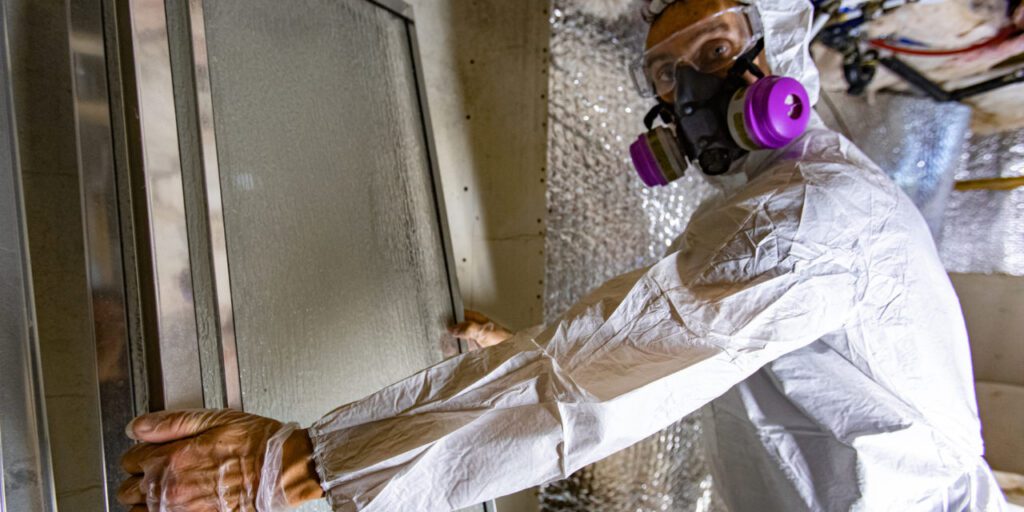

Controlling Humidity Levels
Humidity levels can play a significant role in IAQ. Here’s what you need to know about controlling humidity in your home:
Understanding the Impact of Humidity
High humidity can contribute to mold growth and the proliferation of dust mites, while low humidity can cause dry skin and respiratory discomfort. Maintaining proper humidity levels, typically between 30% and 50%, is important for comfort and IAQ.
Using Dehumidifiers and Humidifiers
Dehumidifiers can help reduce humidity in areas that are prone to excessive moisture, such as basements and bathrooms. They work by removing excess moisture from the air, limiting mold growth and dust mite activity. Humidifiers, on the other hand, are used to increase humidity in dry environments and can help alleviate symptoms of dry skin, allergies, and respiratory irritation.
Ventilating Bathrooms and Kitchens
Proper ventilation in bathrooms and kitchens is essential for minimizing humidity levels. Use exhaust fans or open windows when cooking, bathing, or doing other activities that generate steam or moisture. This helps prevent moisture build-up and reduces the risk of mold growth.
Managing Allergens
Allergens are substances that can cause allergic reactions in susceptible individuals. Managing and reducing allergens in your home can greatly improve IAQ and minimize allergy symptoms. Here’s how:
Identifying Common Allergens
Common indoor allergens include dust mites, pet dander, pollen, and mold spores. If you or your family members are experiencing allergy symptoms, it is important to identify the specific allergens present in your home to take appropriate measures for allergen reduction.
Reducing Allergens through Cleaning and Prevention
Regular cleaning and prevention measures can help reduce allergens in your home. Dust and vacuum frequently, wash bedding in hot water, and use allergen-proof covers on pillows and mattresses. Minimize pet dander by keeping pets out of bedrooms and routinely grooming them. Controlling moisture and addressing mold issues are also critical steps in reducing allergens.


Dealing with Mold
Mold can be a major contributor to poor IAQ and can have serious health implications. Knowing how to identify and address mold problems is crucial for maintaining a healthy home environment.
Inspecting for Mold Growth
Regularly inspect your home for any signs of mold growth, including visible mold, musty odors, and water stains. Pay attention to areas prone to moisture, such as bathrooms, kitchens, and basements. If you suspect mold but cannot see any visible signs, consider hiring a professional to conduct a mold inspection.
Addressing Mold Issues
If you discover mold in your home, it is important to address the issue promptly. Depending on the extent of the mold growth, you may need to hire a professional mold remediation company. They can safely remove the mold and address the underlying moisture problem to prevent future growth.
Preventing Mold Growth
Preventing mold growth is key to maintaining good IAQ. Keep humidity levels in check, promptly repair any leaks or water damage, and ensure proper ventilation in moisture-prone areas. Regularly cleaning and drying areas susceptible to mold, such as bathrooms and kitchens, can also help prevent mold growth.
Reducing Chemical and VOC Exposure
Chemical and volatile organic compound (VOC) exposure can be harmful to your health. Taking steps to reduce your exposure to these substances is important for maintaining good IAQ.
Choosing Low or No VOC Products
When purchasing products for your home, such as paint, cleaning supplies, and furniture, opt for those with low or no VOC emissions. Look for products that are certified as environmentally-friendly or have low emission labels.
Proper Ventilation during Painting and Renovations
When undertaking projects that involve painting or using adhesives, ensure proper ventilation. Open windows, use fans, and consider wearing a protective mask to minimize your exposure to harmful fumes and VOCs.
Using Sustainable Cleaning Products
Many conventional cleaning products contain harsh chemicals that can pollute the air and contribute to poor IAQ. Switch to environmentally-friendly and non-toxic cleaning products that have minimal impact on air quality.
Seeking Professional Help
If you suspect that your house is making you sick or have persistent health symptoms related to IAQ, it is important to seek professional help.
Consulting Medical Professionals
If you experience persistent or worsening symptoms associated with poor IAQ, consult with medical professionals. They can help evaluate your symptoms, provide appropriate treatment, and offer guidance on improving your indoor environment.
Contacting Indoor Environmental Consultants
If you are unsure of the specific indoor air pollutants present in your home or need a comprehensive assessment of your IAQ, consider contacting indoor environmental consultants. These professionals specialize in analyzing indoor air quality, identifying sources of pollution, and recommending solutions tailored to your specific needs.
By being proactive in understanding and improving your indoor air quality, you can create a healthier and more comfortable living environment for you and your loved ones. Regular testing, identifying potential sources of pollution, and implementing appropriate strategies are all key steps in maintaining good indoor air quality and safeguarding your health.


